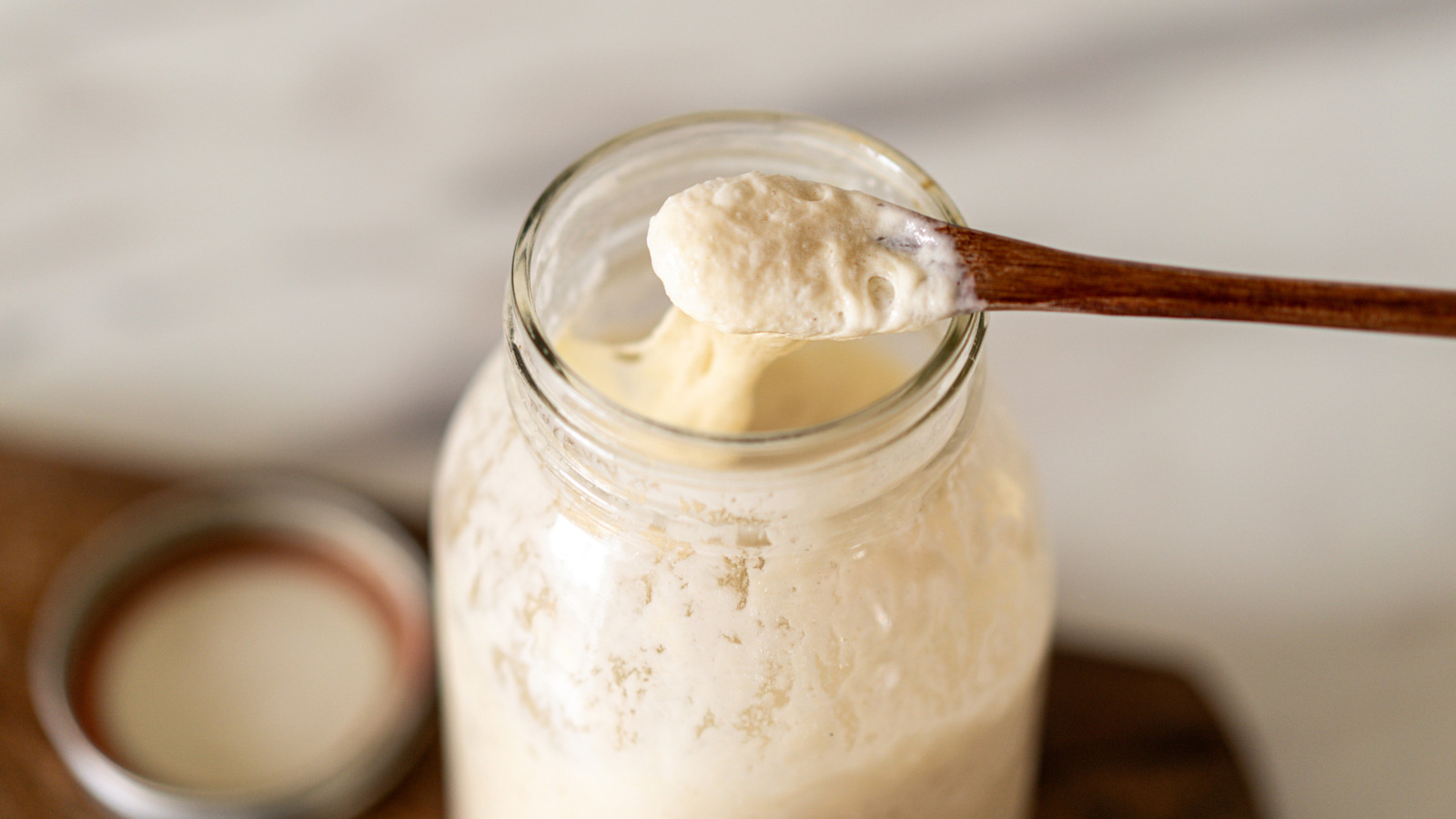
"Cooler areas, such as the refrigerator, slow down fermentation, while warmer areas, like proofing ovens or climates (ideally between 74 degrees and 76 degrees Fahrenheit), ferment more quickly. That being said, when it comes to making sourdough, more nutritional benefits can be seen in longer fermentation times, ranging anywhere from 12 to 48 hours. That means that doing so in the fridge will give you more control over the overall process."
"Slow fermentation essentially aids in digestion thanks to the acids produced during the process, imparting sourdough with a lower glycemic index, sitting at 54 on the scale. This keeps your blood sugar steady for longer. Resistant starch is also formed during this process, which offers an increase of dietary fiber. This makes it more protein-digestible due to the breakdown during fermentation and produces nutrients such as prebiotics that support a healthy gut microbiome."
Fermentation produces sourdough’s tangy flavor and chewy, airy crumb through the action of yeast and lactic acid bacteria. Cooler environments such as refrigerators slow fermentation while warmer conditions (ideally 74–76°F) accelerate it. Longer fermentation times, typically 12 to 48 hours, increase nutritional benefits and allow greater process control when done in the refrigerator. Extended fermentation creates a more acidic dough with lower pH, reduces glycemic index, and forms more resistant starch. Slow fermentation aids digestion through acid production, improves protein digestibility, increases dietary fiber, and generates prebiotics that support a healthy gut microbiome.
Read at Tasting Table
Unable to calculate read time
Collection
[
|
...
]